Metallic ink is a kind of varnish containing metallic particles. This ink can be made using copper, aluminium, bronze or zinc. When it is printed and left to dry, the metallic particles rise to the surface of the layer, meaning it can reflect light and create a metallic sheen.
Fluorescent paints offer a range of pigments and chroma which also glow when exposed to long-wave ultraviolet frequencies. The UV frequencies are found in sunlight and some artificial lights. There are both visible and invisible fluorescent inks. The type that glow under black lights are more commonly known as glow in the dark inks, whereas the inks that appear under white light are generally just really bright colours.
(sandy, leathery, glittery)
UV varnish is a specific type of ink that has a kind of gloss finish once it has dried. It's an effective way to add a gloss to a photograph, but avoid adding it to the stock, for example if the stock was matte. This kind of process would only be applicable in uni if I were to screen print over the photograph/over a design. I think it's a really effective method, however, and I am definitely going to consider using a similar design in my publication.
Metallised boards / cards are a useful way to add an interesting design to a publication. These metallic sheets can be printed over, which can give really interesting outcomes. I don't think this process would be too useful within my publication as I want it to be slick and minimal, and not overpowering - I also don't think this would be a relevant way of designing for Kalkan, Turkey.
High build UV is an embossing alternative that uses a type of varnish to create a thick feel of the design. It's effective as it makes the publication more interactive for the person viewing. It has a similar effect to UV Spot varnish, however it is more raised off the page.
5. Soft Touch Lamination
Soft touch lamination adds a very slight gloss to matte pieces of paper. It's effective and I've used a similar technique for Studio Brief Two (or as far as I could using the college facilities).
6. Fragrance burst (scratch 'n' sniff)
Scratch 'n' sniff is quite self explanatory - if you scratch the stock, you end up smelling a certain scent. It is created by using food powder - for example Marina and the Diamond's recent vinyl releases each had a different scratch 'n' sniff sticker attached, smelling of each different fruit.
7. Thermochromic (heat sensitive)
Thermochromic means that the publication / object is heat sensitive. This means that when heat is applied - for example, a hand, it turns a different thermal colour. This would be very tricky to do for a final resolution and quite costly. It's also not relevant for my project.
8. Photochromic (light sensitive)
Photochromic paper is light sensitive paper, meaning when it is exposed to UV lighting, it exposes to a different colour. It is similar to photo paper, used to develop photographs.
9. Lenticular Printing
Lenticular printing is when the image changes depending on which direction you look at it. For example, the add campaign below, from an adults viewpoint they could only see a child, however from a childs viewpoint, they could see a beaten up child with information on how to contact help.
Augmented reality is when you use technology to scan a geographic place, and it will add certain effects that would've previously been designed. It's a live direct or indirect view of a physical, real-world experience. It's computer generated, and be created using sound, video, graphics or GPS data.
11. Foiling (clear, glitter, pattern)
Foil stamping is typically a commercial print process. It's the application of pigment or metallic foil. It can be done if various patterns. It can be combined with embossing to create a 3D image.
12. Embossing and Debossing
Embossing and debossing are used to imprint into paper. Embossing is a raised design pressed into stock from underneath. Debossing is, put simply, the opposite of embossing.

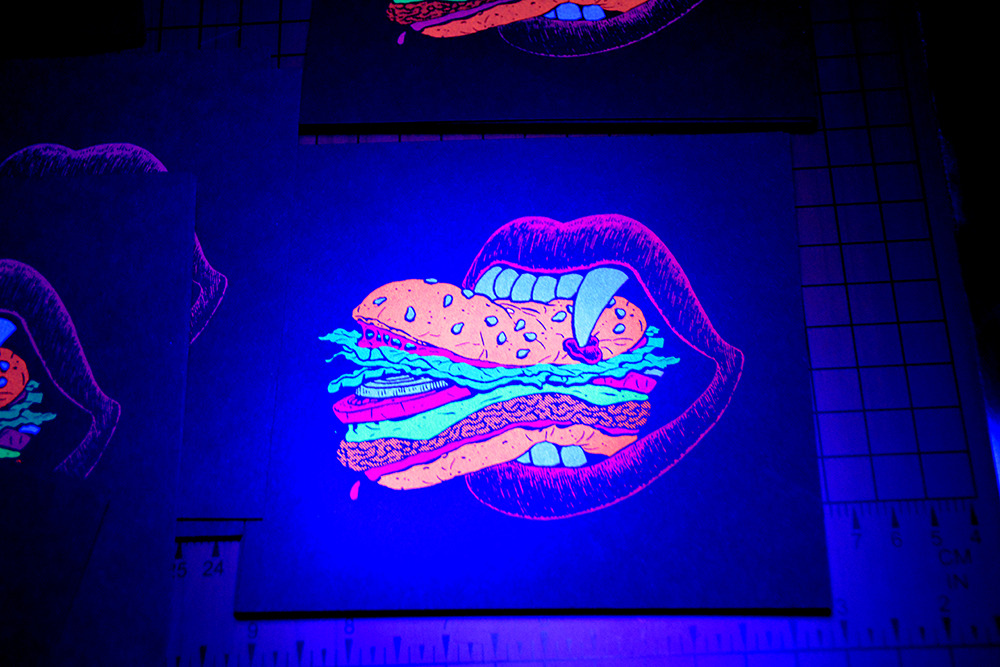
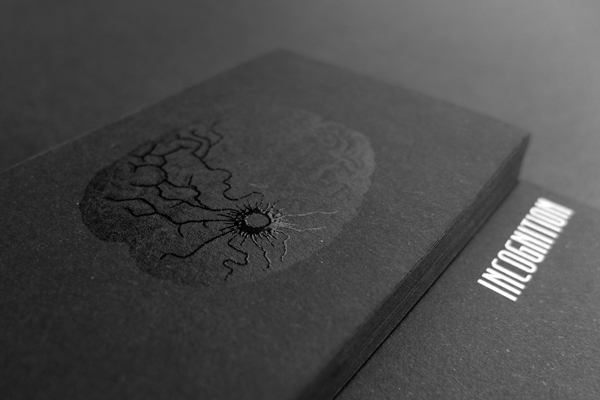



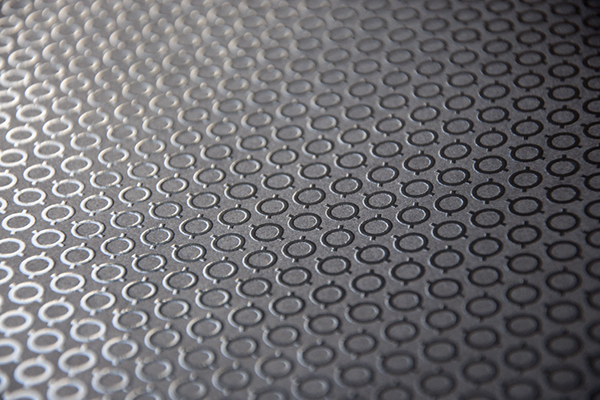


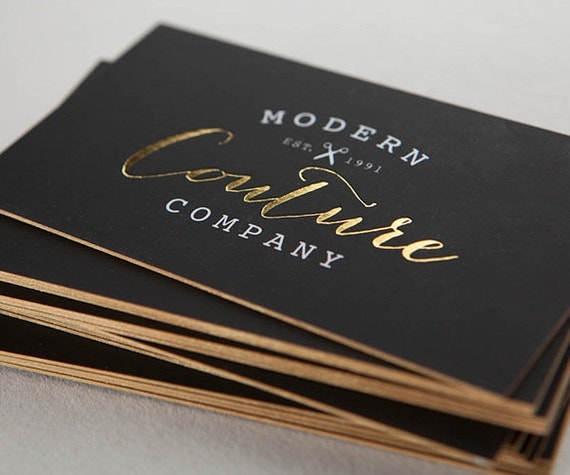











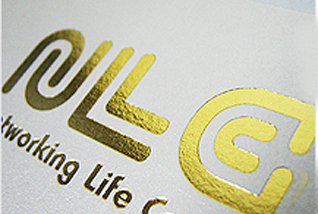

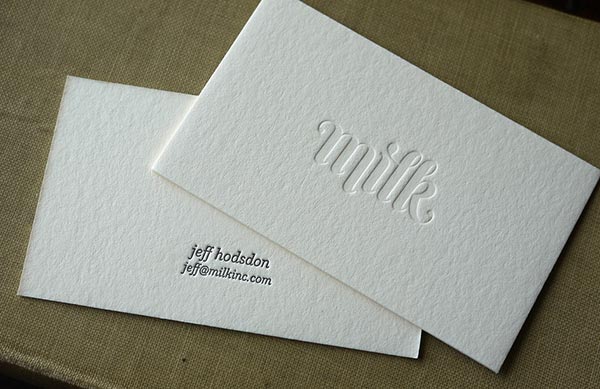
No comments:
Post a Comment